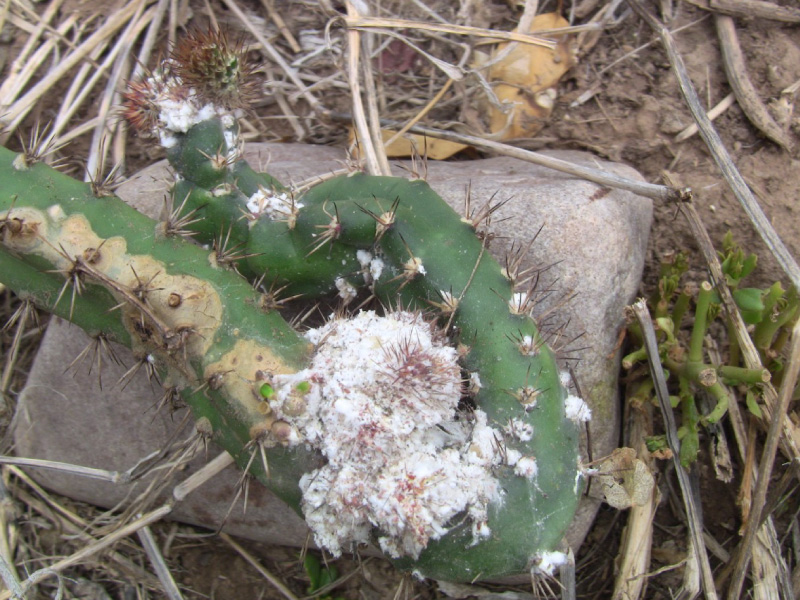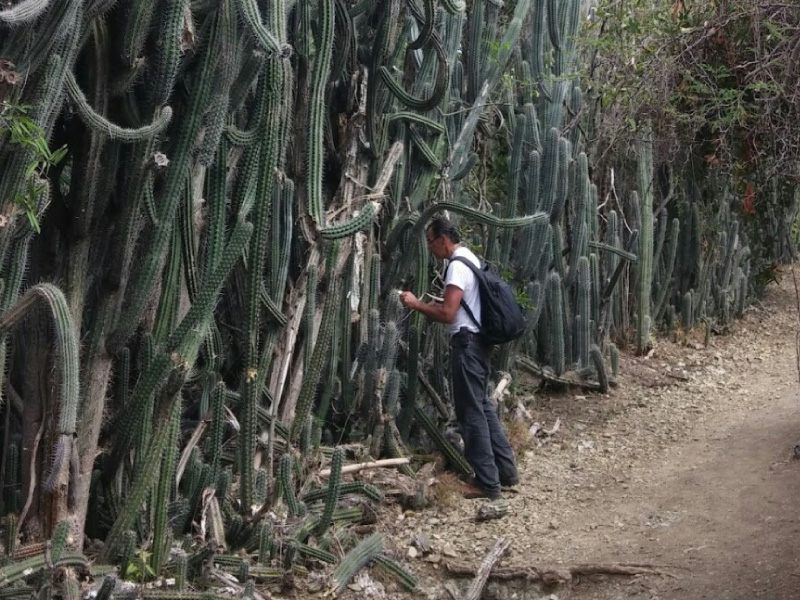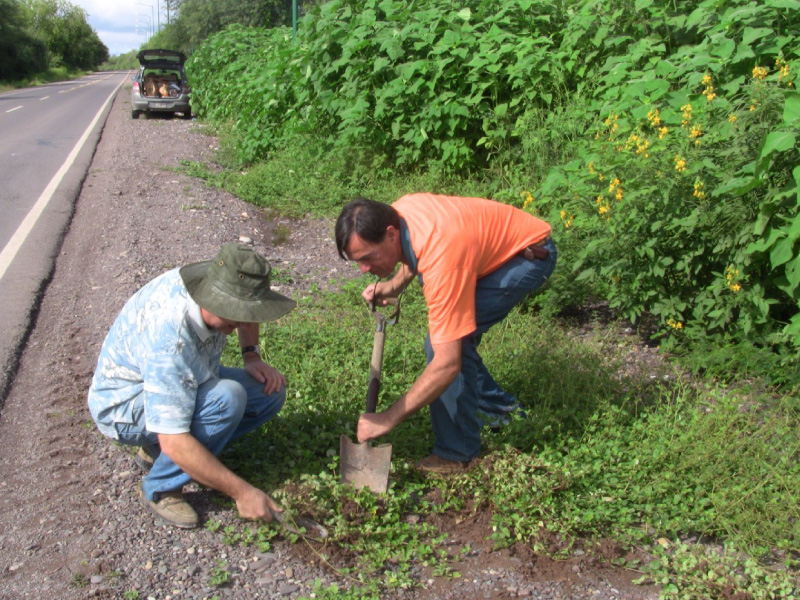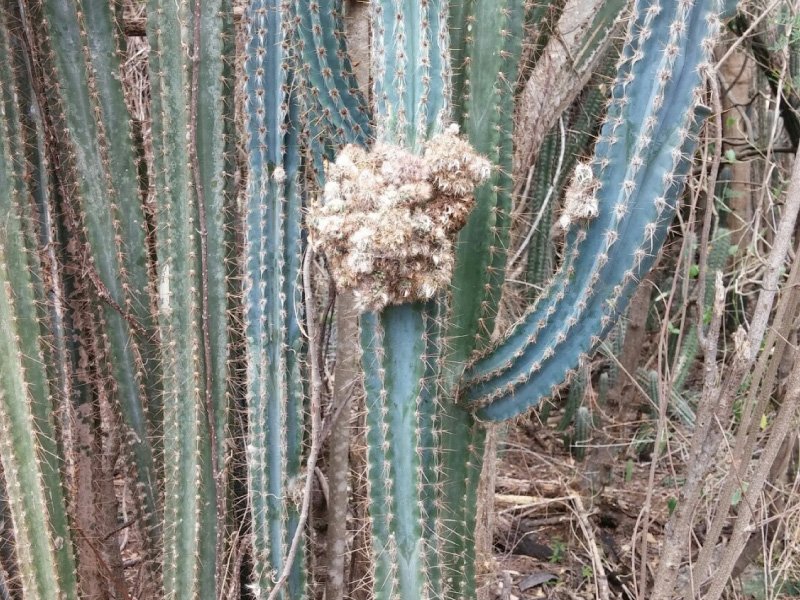20 May Hypogeococcus sp., Cactaceae Brasil-Puerto Rico haplotype (Cactus mealybug)
Hypogeococcus sp., Cactaceae Brasil-Puerto Rico haplotype (Cactus mealybug)
Hypogeococcus sp., a member of the H. pungens species complex “HCM”, is a serious pest of cacti in Puerto Rico, and a threat to cacti in the Caribbean, Mexico, and the United States. As the damage caused by this mealybug is extensive, a biological control program was initiated.
Hypogeococcus sp. nov. (Hemiptera: Pseudococcidae), an invasive species native to South America, is currently a pest of cacti in Puerto Rico. Initially, it was misidentified as H. pungens, whose host range includes species of the Cactaceae, Amaranthaceae, and Portulacaceae families. Studies on the biology, taxonomy, and genetics of this mealybug performed by FuEDEI, indicated that H. pungens is a complex of species, and that the Puerto Rican cacti pest is a new species restricted to Cactaceae. It was also found that the H. pungens complex is constituted by 4 species: H. pungens sensu stricto and 3 undescribed species.
In 2010, due to the extensive damage caused by this mealybug on native cacti in Puerto Rico, the United States Department of Agriculture (USDA) and FuEDEI initiated a biological control program. As part of this program, a survey of Hypogeococcus spp. and their natural enemies in South America was initiated. Two nymph parasitoids, Anagyrus cachamai Triapitsyn, Logarzo & Aguirre and A. lapachosus Triapitsyn, Aguirre & Logarzo (Hymenoptera: Encyrtidae), were selected as potential biological control agents. In 2017, both species were sent to the quarantine facility at the Center of Excellence for Quarantine and Invasive Species at University of Puerto Rico. Currently, specificity studies with A. cachamai and A. lapachosus are being conducted in their native range and in Puerto Rico.
Researchers:
Guillermo A. Logarzo, María Belén Aguirre, Daniel Poveda Martínez, Mariel Guala, María Violeta Tarrio.
Cooperators:
Hilda Díaz-Soltero, Caribbean Advisor to the APHIS Administrator, USDA, San Juan, Puerto Rico
Ron Weeks, USDA APHIS PPQ, Biological Control Program, Raleigh, NC.
Stephen Hight, Research Entomologist, USDA-ARS, Tallahassee, FL
Serguei Triapitsyn, Principal Museum Scientist and Quarantine Supervisor, Department of Entomology, University of California, Riverside
Lucía Claps, Instituto Superior de Entomología, Universidad de Tucumán, Argentina
Esteban Hasson, Departamento de Ecología, Genética y Evolución, Universidad de Buenos Aires (UBA), Argentina
Octavio Bruzzone CONICET, INTA Bariloche, Río Negro.
Fabián Font, Facultad de Farmacia y Bioquímica, Universidad de Buenos Aires, Ciudad Autónoma de Buenos Aires.
Marcelo Diniz Vitorino, Departamento de Engenharia Florestal, Programa de Pós-graduação em Engenharia Florestal – PPGEF. Lab. de Monitoramento e Proteção Florestal – LAMPF. Universidade Regional de Blumenau -FURB.







